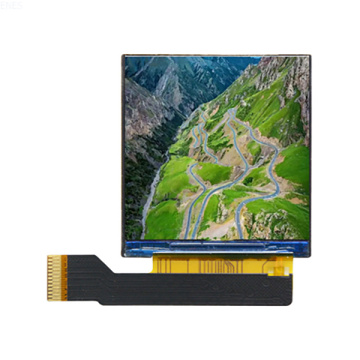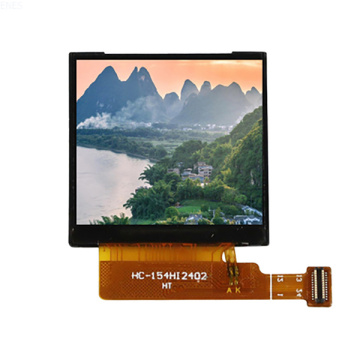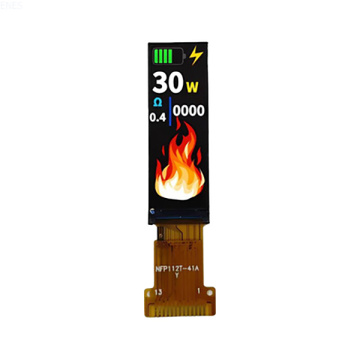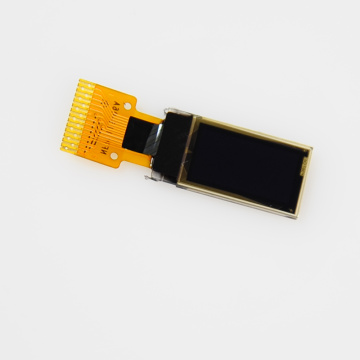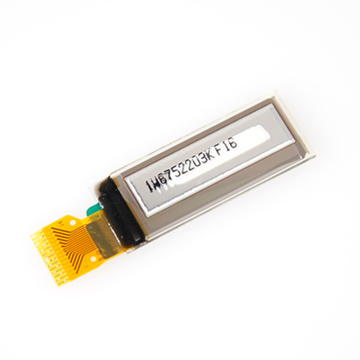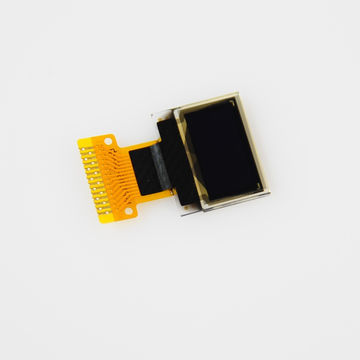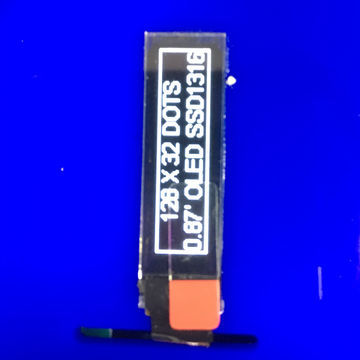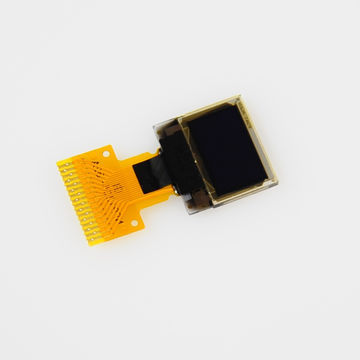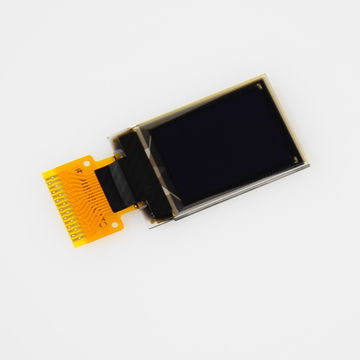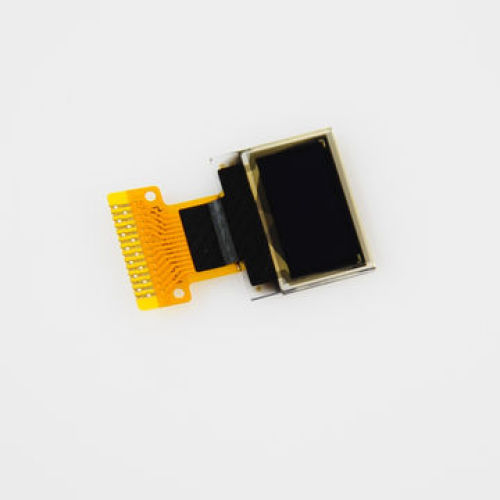
OLED 0.49 inch 64x32dots for E-cigarette
- Min. Order:
- 3000 Piece/Pieces
- Min. Order:
- 3000 Piece/Pieces
- Transportation:
- Ocean, Land, Air
- Port:
- ShenZhen
Your message must be between 20 to 2000 characters
Contact Now| Place of Origin: | china |
|---|---|
| Productivity: | more |
| Supply Ability: | strong |
| Payment Type: | T/T |
| Incoterm: | FOB |
| Transportation: | Ocean,Land,Air |
| Port: | ShenZhen |
Model Number: N049-6432TSWEG05-H14
Brand Name: Ritdisplay
Origin: China (mainland)
Small Orders: Accepted
Key Specifications/Special Features:
LCD size: 0.49inch (Diagonal)
Number of dots: 64x32
Module dimension: 14.50x11.6x1.2mm
Active Area:11.18x 5.58mm
Driving method: 1/32Duty
Display Color: White
IC: SSD1306
Operating temp: -40-85 ℃
Storage Temp: -40-85 ℃
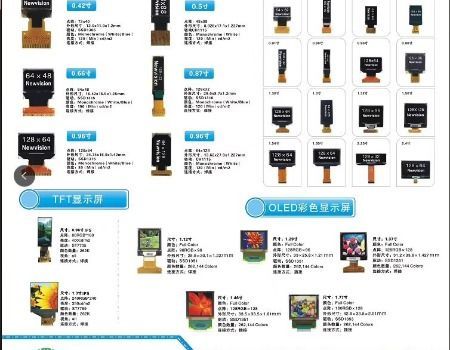
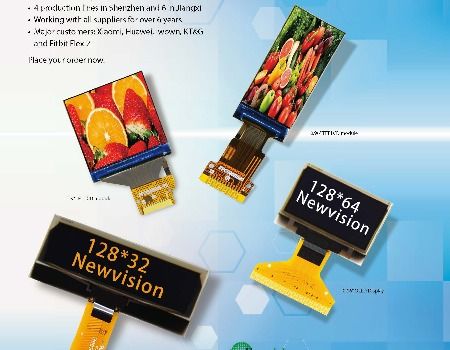
Shipping Information:
- FOB Port: Shenzhen
- Lead Time: 10 - 15 days
- HTS Code: 9013.80.90 00
- Dimensions per Unit: 1.45 × 1.16 × 0.12 Centimeters
- Weight per Unit: 12.6 Kilograms
- Units per Export Carton: 1650
- Export Carton Dimensions L/W/H: 39 × 34 × 40 Centimeters
- Export Carton Weight: 1.5 Kilograms
Main Export Markets:
- Asia
- Eastern Europe
- North America
- Western Europe
Any third-party trademarks or images shown here are for reference purposes only. We are not authorized to sell any items bearing such trademarks.
Harvard University researchers have designed more than 1,000 blue light molecules that can greatly enhance the display efficiency of OLED TVs, smart phones, and tablets when used in OLEDs.
Researchers such as Harvard University use machine learning methods to screen blue OLED molecules that may be usable, and low-cost OLEDs are expected to be realized in the future 0.42-1.3 inch OLED.
OLED screens use light-emitting organic molecules that emit light when current passes through. Unlike common liquid crystals, OLED screens do not require a backlight device, which means that the thin and flexible features of OLED displays are as simple as a plastic sheet. Each pixel on the OLED display can be turned on and off independently, greatly improving screen color contrast and energy efficiency. Among high-end consumer products, OLEDs are gradually replacing LCDs, but the low stability of OLEDs and insufficient blue light materials have also caused OLEDs to reduce their competitiveness in large-size displays such as TVs OLED Microdisplay.
The inter-professional team of Harvard researchers has cooperated with MIT and Samsung to develop a large-scale, computer-controlled screening process. They call this "Molecular Space Shuttle" and join the chemical process and machine learning in the research and development stage. Check out cheminformatics to quickly find new OLED molecules that meet or exceed industry standards OLED Display Module.
Professor Alán Aspuru-Guzik of the Department of Chemical Biology said: "It is generally believed that the atoms of OLEDs are limited to a very small molecular space, but with the help of complicated molecular builders (Molecular Builder),Transparent OLED supplemented by the most advanced machine learning and adding Researchers’ expertise we have discovered a large part of high-efficiency blue OLED raw materials."


